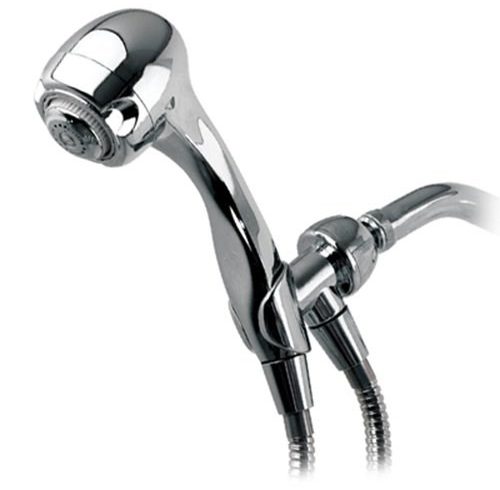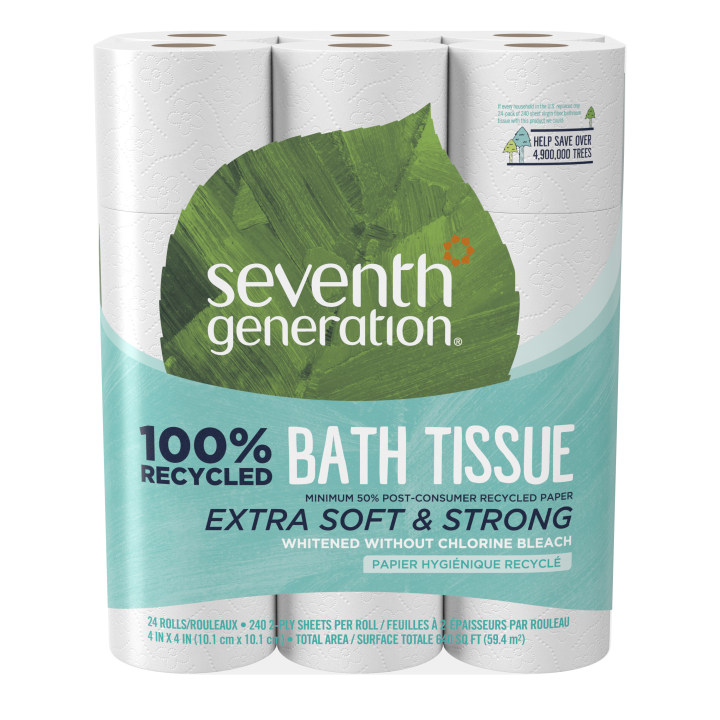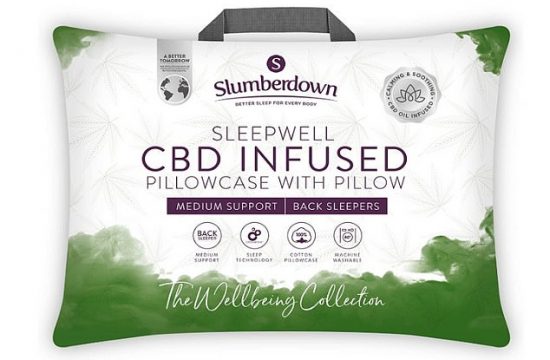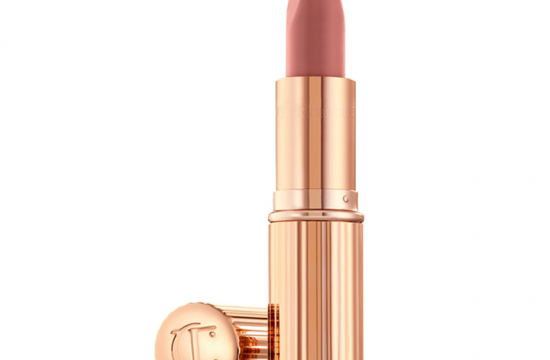For years, the promise of catastrophic climate change has been looming over consumers like a monstrous shadow, and finally we are ready to do something about it — or so one can hope based on the outpouring of support during last month’s Global Climate Strike.
A recent report from Pinterest found that searches for “sustainable” are up 108 percent, and searches for “save the planet” are up 380 percent. “We’re also seeing increased interest in DIY solutions to make at home,” says Swasti Sarna, Consumer Insights Manager, Pinterest.
We recently compiled a list of practical tips (and budget-friendly product recommendations) to help consumers make their kitchens more sustainable, and now we’re turning the “green” spotlight on your bathroom.
Check out our expert tips on tackling climate change in this most essential part of one’s home. These insights might also help you cut down on spending, underscoring Michael Outar, founder and author at Savebly’s assertion that managing “personal finance and becoming more eco-friendly go hand in hand.”
1. Reduce shower time and get a low-flow shower head
An easy place to begin greening your bathroom is in your shower.
“A 10-minute shower with a standard shower head uses about 80 gallons of water and is responsible for producing about 4 lbs of CO2,” says Casey Meehan, the Sustainability Manager at Western Technical College who holds a Ph.D. in Climate Change Education. “Reducing a shower to five minutes can go a long way. To reduce your footprint even more, install a low-flow shower head. They’ve come a long way since the days of ‘Seinfeld’, when there was a whole episode riffing on the how low-flow showerheads had horrible water pressure.”
Outar recommends the budget-friendly products from Niagara Conservation.
2. Instead of heating up the shower, use the bath tap and save the water for plants
Depending on the velocity of your water heater, you may have to wait a few minutes for your shower to heat up. A simple trick can prevent you from wasting this cooler water.
“Rather than just run the shower until the water is hot, I fill three one-quart plastic jugs that fruit juice came in with water from the hot water tap first,” says storyteller and author Nancy Schimmel. “Later I use them to water plants (this also reminds me to water the plants!).”
3. Ditch single-use bottles for refillable containers
“Think about the number of single use plastic bottles we use for shampoo, lotion, soap, etc.,” says Meehan. “It’s a little bit of an investment to purchase reusable containers; however, buying shampoo and other similar products in bulk saves you money over time and keeps plastic out of our landfills and oceans.”
4. Goodbye plastic dental care — and hello silk floss and bamboo toothbrushes
Among Pinterest’s top-shopped sustainable products was zero-waste silk floss, an increasingly popular eco-friendly alternative to traditional dental floss, which is plastic-based.
“Silk floss doesn’t come in a plastic case [and] can be composted,” says Stephanie Seferian, the voice behind The Sustainable Minimalists podcast. Seferian also champions switching from plastic to bamboo toothbrushes. Given that we should be flossing daily, and replacing our toothbrushes every few months, both of these small changes can drastically reduce the amount of plastic we pile on the environment, namely our oceans, which see more than 8 million metric tons of plastic enter them each year, as noted by the Ocean Conservancy.
5. DIY the dry shampoo
“My personal favorite bathroom swap has been ditching dry shampoo for a homemade concoction of cornstarch and a bit of cocoa powder to match my brown hair,” says Seferian. “It’s plastic-free and toxin-free [and] I store it in a repurposed glass jar.”
6. Shampoo and conditioners bars last longer and are waste-free
Another of Seferian’s favorite bathroom hacks is to use shampoo and conditioner bars for hair care, trading in the traditional plastic-bottled shampoo — a move championed by Meehan who notes that these bars “save on plastic packaging, eliminate the plastic bottles entirely and are more concentrated and therefore last longer.”
This heart-shaped bar set from Ethique (available on Amazon for $16.00) gives a few scent options and could also make a great eco-friendly gift.
7. Annoyed by those little bar soap scraps? Put them in water overnight to make liquid soap
Bar soap, like shampoo bars, don’t add plastic waste to the world, so you should always opt for these. They’re generally easier on your wallet, too.
“A bar of soap is much more eco-friendly than liquid soap or body wash in a plastic container; it’s much cheaper, too,” says Seferian. “Collect those little pieces of bar that are too small to use and put them in a jar with water overnight. You’ll have homemade liquid soap in the morning, and you will have used every single part of the bar.”
You can buy bar soap at any drugstore or even a 99 cent store, but if eco-friendliness is your mission here, make sure the brand you support either does not use palm oil, or uses sustainably-sourced palm oil. The WWF issues reports on which companies and brands are following the guidelines for the sustainable use of palm oil.
8. Forget the ‘softest’ toilet paper; choose the roll that is responsibly-sourced
“Choosing toilet paper is an often-overlooked environmental decision, especially given that each American uses nearly three rolls per week,” says Anthony Swift, Canada Project Director, Natural Resources Defense Council. “Consumers can help fight climate change by buying toilet paper that is more sustainable and made with more responsibly-sourced materials.”
In its expansive “Issue with Tissue” report, the Natural Resources Defense Council ranks the most sustainable brands, giving toilet paper manufactured by Seventh Generation, Trader Joe’s and 365 Everyday Value an A on its sustainability scorecard.
You might also look into ethically-sourced bamboo toilet paper, which tends to be a bit pricier, but is totally tree-free.
9. By switching to menstrual cups, women can save a lot of money
Research shows that tampons take around six months to biodegrade (not counting the non-biodegradable plastic applicator that so many brands in the U.S tout), while a regular non-organic pad can take 500–800 years to break down.
“I’m a major advocate for menstrual cups,” says Seferian. “It has saved me serious money, as I no longer purchase tampons. It has also taken the stress out of my cycle because it is designed to be worn for 10 consecutive hours, on average.”
It’s tough to suggest a product here, as this is a very personal choice. Numerous women have recommended the Lena cup to me, which you can buy on Amazon for $24.99.
10. Put a plastic bottle in your toilet’s tank to save water wasted per flush
A low-flow toilet is an ideal eco-friendly solution for your bathroom, but installing one could mean a major overhaul that’s just not feasible for many. Another way to get your toilet to conserve water (and basically stop flushing money down the toilet), is to fill a plastic water bottle with water and put it in the toilet tank to reduce the amount of water in your tank.
Callee Ackland, a zero-waste activist and the host the Hippie Haven Podcast explains: “Remove the label from a plastic water bottle (1-liter is a good fit for standard toilet tanks). Fill water bottle with pebbles or small rocks, then add water to completely fill bottle. Securely attach bottle lid. Place in the toilet tank, taking care to not let the bottle touch any of the moving parts within the tank. This takes less than 5 minutes to do once, and can then save around 3,000 gallons of water per year.”
Or, you can purchase one of these Toilet Tank Banks that hang on the inside of your tank.
11. Put a small compost transport container in the bathroom
Composting food scraps has become common practice in many households striving for sustainability — but don’t forget about all the trash your bathroom bin collects. Many of these paper-based items can also be composted.
“It’s possible to compost many bathroom staples including Q-Tips, hair, tissues and paper towel rolls,” says Seferian. “I’m amazed at how much trash I divert from the landfill simply by collecting compostable items in the bathroom then transporting it to my outdoor bin.”
12. Line dry your towels and clothes
Who doesn’t love the feeling of a luxurious bath sheet freshly warm out of the dryer? The planet, that’s who.
“When washing your towels, consider drying them on a line instead of the dryer,” says Meehan. “Line drying clothes can reduce the average American’s carbon footprint by about 2400 lbs. of CO2 per year.”
As someone who has busted around five drying racks in as many years by overloading them with wet towels, I recommend investing in a sturdy one that can support damp weight.
This one on Amazon goes for nearly $60 — not cheap — but it’s much more robust than some of the flimsy plastic ones out there, and it’s big enough to accommodate more than just a few garments. Bonus points for the inserts for slippers and/or kids shoes.
MORE FROM BETTER
Want more tips like these? NBC News BETTER is obsessed with finding easier, healthier and smarter ways to live. Sign up for our newsletter and follow us on Facebook, Twitter and Instagram.






















